Everything about deactivated concrete: what it is, how to do it and price
Currently there are multiple techniques and materials for constructing pavements of all kinds in the exteriors of private homes as well as in public use floors such as sidewalks, parks and gardens. Among all the options offered by a constantly evolving and innovating market, deactivated concrete forms a great appeal for its attractive aesthetics, its high resistance and durability against the most abrupt conditions and, of course, for an affordable and economical cost compared to other options.
Washed concrete or exposed aggregate concrete, as it is also called, is one of the simplest and most effective methods to create in situ pavements whose appearance closely resembles that of gravel. A roughness that offers numerous virtues, among which is the anti-slip texture it provides.
Next, we are going to delve into everything related to deactivated concrete. We will explain what this technique consists of, its main benefits, how to do it correctly, what products to buy to execute this pavement, as well as what its price per square meter is, among many other issues.
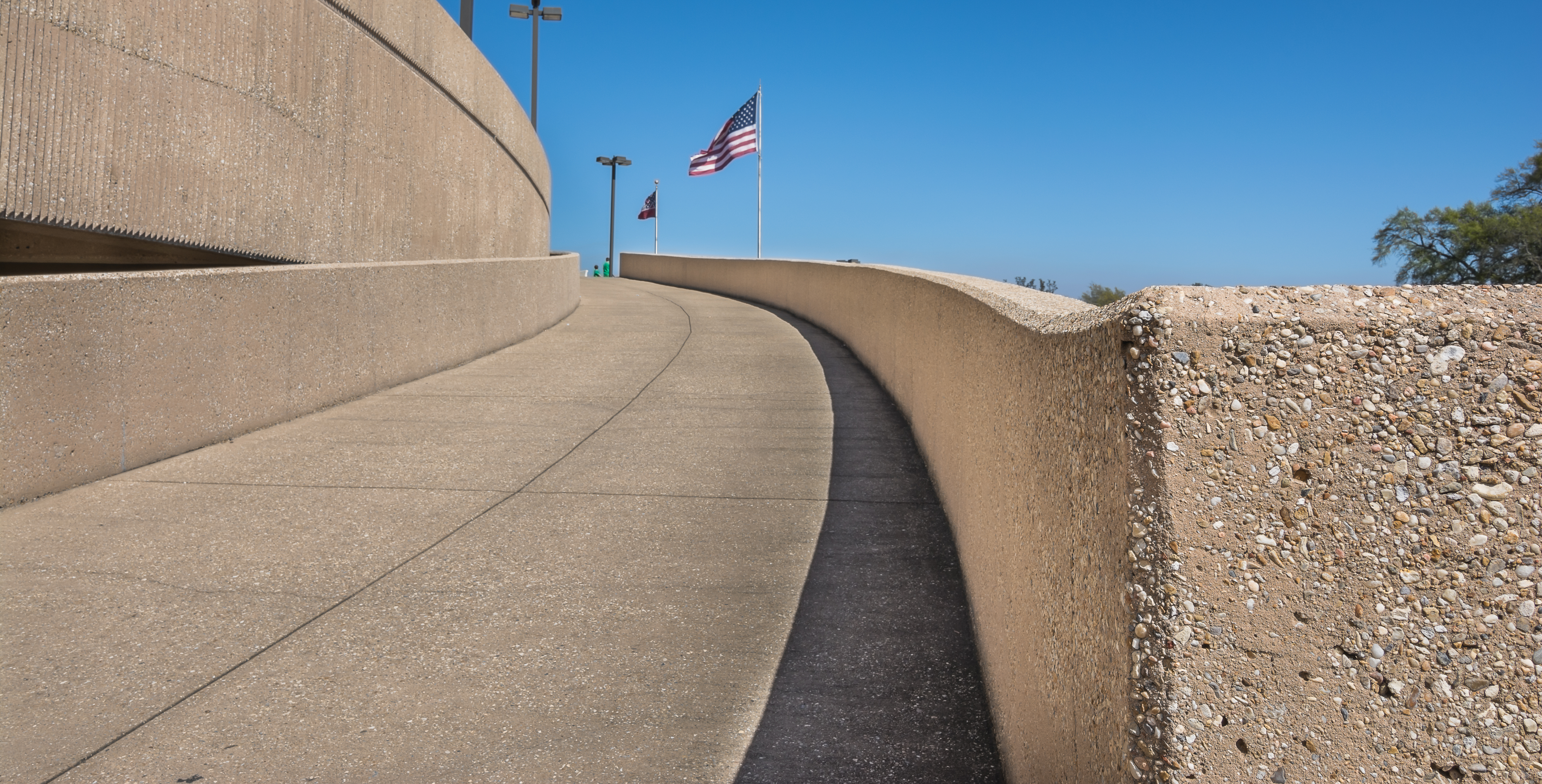
What is deactivated concrete?
Deactivated concrete is a type of concrete characterised by being a slab in which the aggregate materials are partially exposed after undergoing a special treatment. In this way, the aggregates of the concrete protrude from the surface and are noticeable at first glance thanks to the use of a concrete setting retardant called deactivator or deactivating agent. Hence it is also known by the names of washed concrete or exposed aggregate. These names refer to the fact that the concrete is laid bare.
Cement, water and stone granules make up the exposed aggregate concrete that, depending on the type of stone and colour chosen in its formulation, will offer one type of decorative finish or another. This roughness that the stone provides is what triggers its non-slip texture and high resistance to the action of external agents and weather conditions.
Advantages and most notable properties of deactivated concrete
Smooth, common and boring surfaces disappear, giving way to original and beautiful pavements where concrete takes the form of decorative aggregate. An appearance virtually identical to a piece of granite or marble. This decorative technique from which deactivated concrete was born dates back to the early 20th century, long before the emergence of another type of very popular outdoor concrete such as imprinted concrete. However, despite the passage of years, it is not at all outdated, but many professionals bring out the best in themselves to create true pieces of art. A creativity with which professionals are taking this finish to another level.
Exposed aggregate concrete is classified within decorative pavements. A categorisation to which other systems such as imprinted concrete or polished concrete belong. In the case of exteriors, washed concrete is one of the most versatile and guaranteed alternatives.
Its superior mechanical and chemical resistance make washed concrete a perfect solution for any geographical location as it tolerates abrupt changes in temperature, wind, rain, sun, pedestrian and vehicular traffic, etc. For this reason, floors with this finish are ideal for those places that suffer from high humidity, cold-heat cycles and snowfalls. To help you decide if this is the right material for your project, carefully read the main advantages that deactivated concrete holds.
It runs quickly with hardly any equipment setup. It finishes drying in 24 hours, so it can be enjoyed in a potentially short period of time. A very simple application that translates into a saving of time and labour.
Its cost per m2 is very affordable.
Sun exposure does not affect or degrade it.
The deactivated concrete is a non-slip pavement.
Its granular appearance makes it unique, no other type of concrete can recreate such aesthetics.
To the exposed aggregate concrete a retarder is applied that delays the setting of the concrete and allows the aggregates to break through the surface.
It's a very versatile decorative finish that adapts perfectly to any environment. This is due to the different stones and colours available, which allow this material to adapt to any setting.
Free from toxins. The chemical added to make the aggregates of the washed concrete stand out does not cause adverse effects to people or the environment.
It's a long-lasting floor. The roughness of its finish and its intrinsic resistance, greater than that of conventional concrete, allow this material to enjoy an unbeatable state for years. A quality finish intact for a long time.
The deactivated concrete has a high resistance. Mechanical and chemical performances that are given by its roughness and porosity and that make it untouchable against the sun rays, the rain, pedestrian and vehicular traffic as well as against chemical agents.
Easy and low maintenance. Unlike other types such as polished, exposed aggregate concrete does not require a constant maintenance process.
Main utilities and fields of application of washed concrete
Washed concrete or exposed aggregate concrete stands out for enabling a wide variety of applications and utilities. This is due to its great ability to adapt to different environments and the versatility of a pavement that offers an infinity of textures and colours.
Thanks to its anti-slip properties, it is a fantastic solution for carrying out various road constructions. Therefore, it is frequently used to pave sidewalks, roads, streets, shopping centres, terraces, car parks and petrol stations. Its striking aesthetics, given by the exposed aggregates, make this type of concrete a highly demanded decorative system in access roads to housing estates that provide a touch of exclusivity that very few materials are capable of conceiving.
In addition to these fields of application, washed concrete or deactivated concrete is perfect for creating pedestrian walkways, old town centres, areas of architectural tradition, sports areas, ramps, public squares, parks and gardens. Whatever the use given to it, this pavement offers very original designs and personality in abundance. A neat finish where beauty and resistance merge to meet the needs of the most demanding customers.
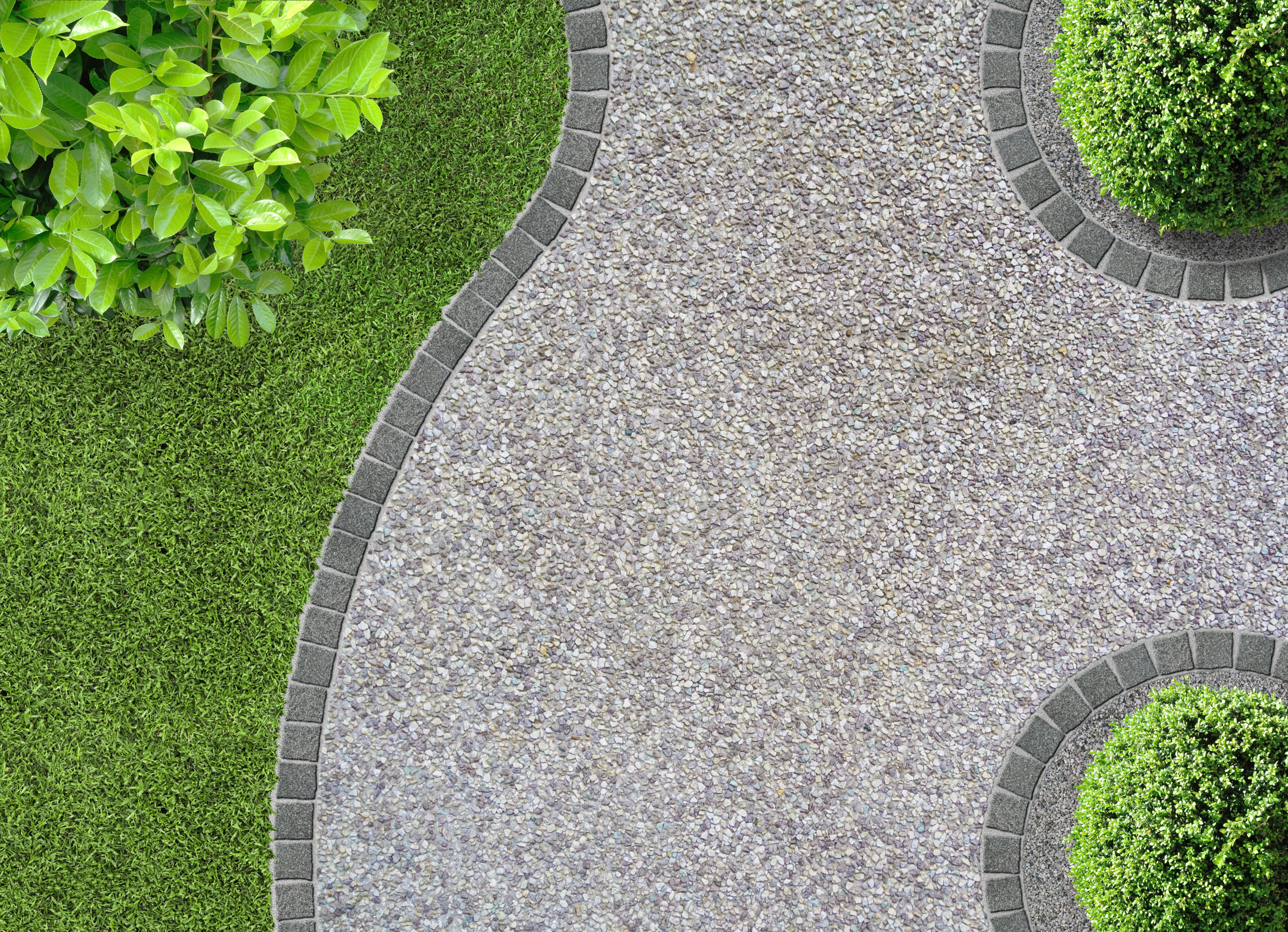
How to make exposed aggregate concrete? Method explained step by step
Even though the components are similar to conventional concretes, the application method is quite different. This is because to make deactivated concrete a deactivator must be used on the fresh concrete. A product whose functionality is to slow down the setting of the concrete.
Next, a washing process would be carried out on the pavement so that the selected aggregate stones are clearly visible on the surface. As a result, we would obtain an exclusive finish with highly valued ornamental and non-slip properties. Elegance and resistance at every step. We proceed to explain how to carry out this pavement step by step.
1. Level and compact the pavement
It is essential to ensure that the ground is in good condition. To do this, the first thing is to make sure it is well levelled and compacted before pouring the concrete. Next, you should proceed to replant the ground, which will allow you to check if the levels are correct to avoid future defects.
2: Define the working surface
Mark the boundaries of the surface that will cover the future deactivated concrete pavement very well. This step is super important as the liquid concrete when it is not yet dry is very mouldable. If the surface is not delimited when pouring the concrete, unwanted spills could occur that would mean a failed installation method.
3. Pour the concrete over the surface
Spread the concrete evenly and homogeneously along and across the surface. To do this, a tool called a "screed" is used, which facilitates the correct levelling of the concrete throughout the perimeter. That is, it is smoothed manually.
Important: the type and amount of cement included in the concrete formulation will proportionally affect the setting of the latter.
Professional tip: we advise applying monofilament synthetic fibres to aid the cohesion of the concrete. The fibres will facilitate the subsequent application of the concrete deactivator.
4. Trowelling of the concrete
Then, it would be the turn to carry out the trowelling of the concrete with the help of a power trowel or helicopter. This step will contribute to the final roughness and the anti-slip texture of the pavement.
5. Apply a concrete deactivator
To slow down the setting process of the material, a positive surface retarder must be applied approximately 30 minutes after pouring the concrete. While the outer layer dries slowly, the rest of the layers continue the usual process. Thus, the outer layer ends up eroding and making visible the aggregates that give the exposed aggregate concrete its name. It is very important to follow the indications in terms of proportions that each manufacturer specifies in the technical sheets.
Professional tip: use the concrete deactivatorfrom the Naturcem® family.Spray evenly at 2/4 bars with a 0.79 mm diameter nozzle.
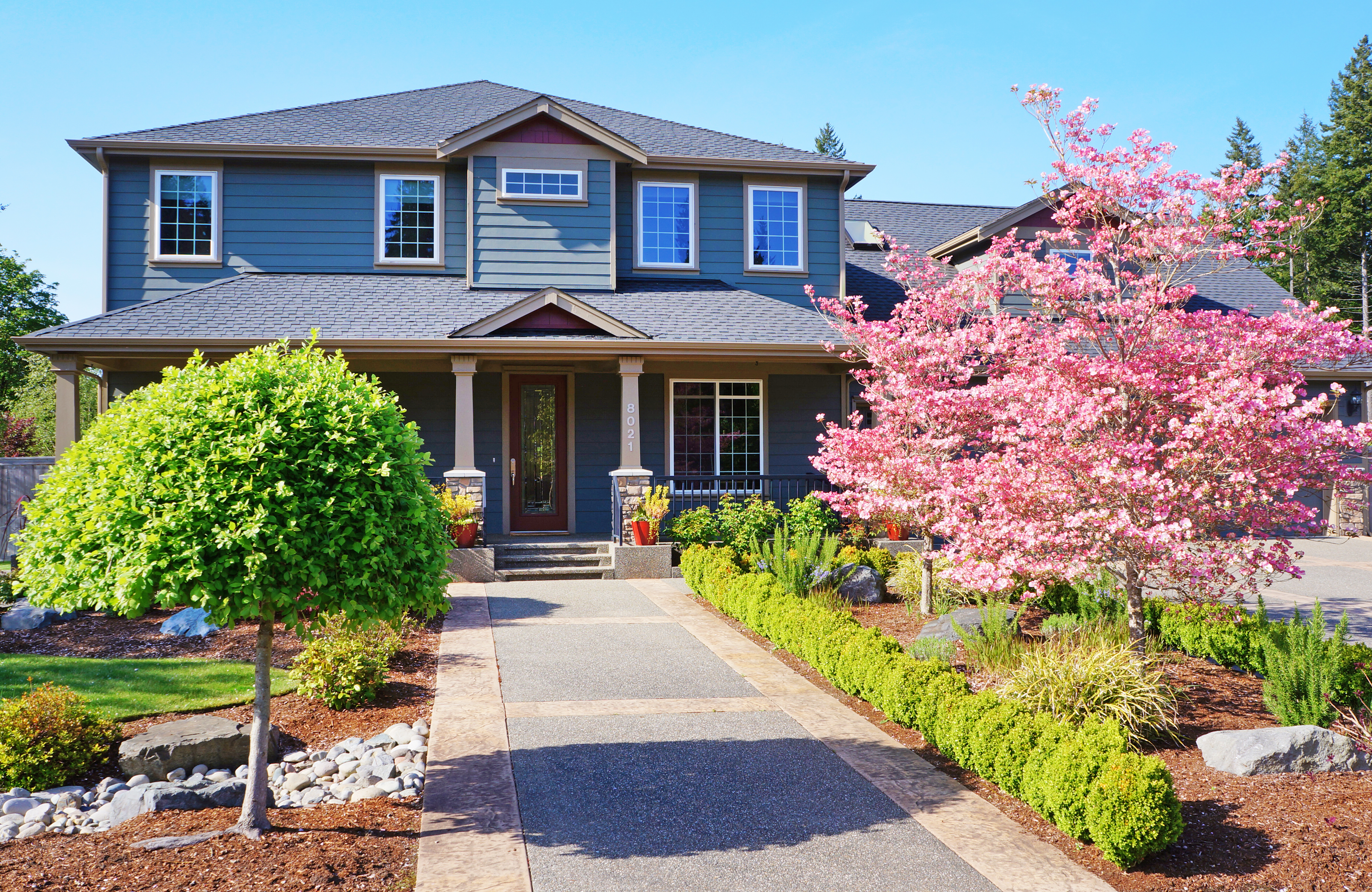
6. Wash the surface to expose the aggregates
When the concrete has completed its drying and hardening process, the surface will need to be washed with pressurised water to remove any unhardened mortar remains and to make the aggregates shine on the surface. This wash will be carried out between 3 and 24 hours after the application of our Naturcem®. Do it with a pressure washer between 100 and 150 bars.
Important: if the product is exposed to strong sun and wind, or if the temperature is below 30ºC, cleaning should be done between 4 and 12 hours later. If on the other hand the temperature exceeds 30ºC, shorten the time to 3-8h afterwards.
7. Seal the deactivated concrete
Although sealing is not strictly mandatory, we as professionals recommend applying a special resin like those from the Sealcem® family to finish the process. This optional use resin will give shine to the deactivated concrete pavement. The result is simply spectacular.
What deactivate to use for an exposed aggregate concrete pavement?
In the Naturcem® range, we find three types of deactivators to make exposed aggregate concrete pavements. There isn't one that is better than another. The difference between them lies in the colour, the degree of attack, and the size of the aggregate:
Naturcem® Low: in blue colour, with an attack degree of 2 and an aggregate size of 5-8.
Naturcem® Medium: pink is its colour, 4 its attack grade and 10-14 its aggregate size.
Naturcem® High: of yellow appearance, an attack grade of 5 and with an aggregate size of 14-18.
The three are solvent-free deactivators, which greatly facilitates their use. As for their performance, it is 5 - 6 m²/L and they guarantee a touch dry of 1-2 hours.
Recommendations on the maintenance of deactivated concrete
Despite the fact that deactivated concrete is a material that practically requires no maintenance, due to its porosity and roughness, there are a series of products that we can use to prolong the lifespan and lustre of the finish.
Sealers to keep dirt and grease at bay
Grease and dirt can become the great enemies of a porous pavement with a rough texture, two characteristics that deactivated concrete combines. This is because they can penetrate with extreme ease.
To avoid this causality, we recommend using sealers that cover and seal the existing micropores in the pavement. With this product, we will provide the surface with a more prolonged protection over time from the outer layer of concrete against these agents, which will facilitate its cleaning at the same time. Likewise, thanks to the sealer, it will ensure that the aggregates do not deform and remain intact.
Professional tip: use a sealer that does not yellow from being exposed to solar action, that protects against grease and oil and enhances the colour of the deactivated concrete. You have a wide range to choose from in the family of varnishes and sealers Sealcem®.
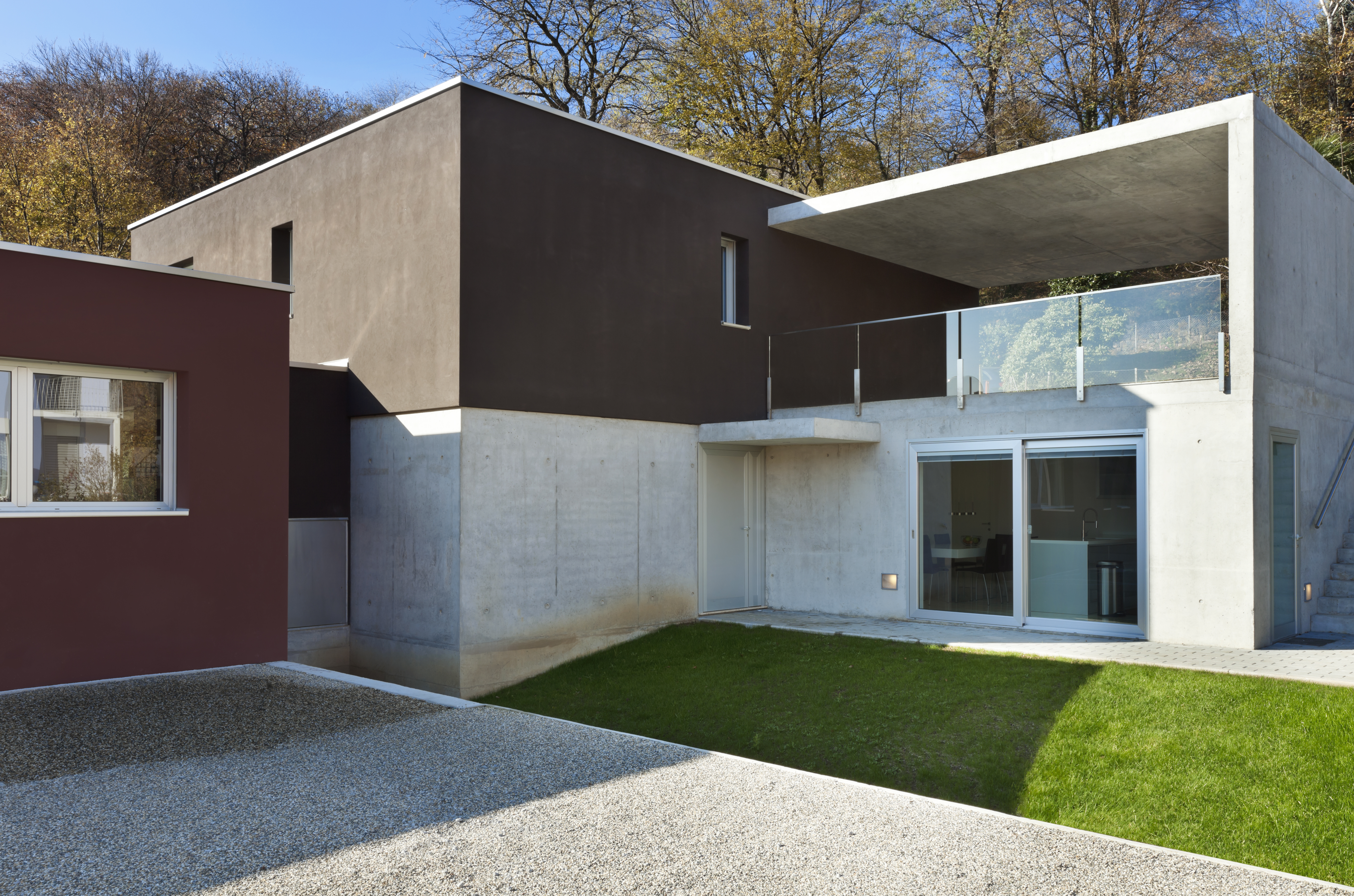
Resins for a shiny deactivated concrete
Greater protection and an everlasting shine for glossy and unforgettable finishes. That's what you'll achieve if you use resins like Sealcem® that favour the permanence of aggregates. An almost everlasting and elegant result.
Specific cleaners
Cleaning deactivated concrete with pressurised water is correct, but using products specifically designed for this purpose is a plus. Multiply the longevity of your deactivated concrete pavement with frequent use of effective cleaners like those in the Ecoclean letter.
Enhance the colour of deactivated concrete
Deactivated concrete is very durable, but not impregnable. Over time, due to more abrupt and adverse weather conditions, as a result of climate change and high vehicular traffic, the colour may lose some of its essence and fade. A situation that can be remedied with the application of a colour enhancer like ours Sealcem® DSV Colour .A paint that will not only revitalise the colour of the exposed aggregate concrete pavement, but will also make it more resistant to impacts and abrasions.
How to repair washed concrete like a true pro
Decorative finishes are not just for looking at and admiring their beauty, but also for using them. To walk on the pavement without fear and even drive and park vehicles on top. Too much traffic or an unheard-of storm can cause minor damage that needs to be rectified. We explain how to repair washed concrete as if you were an expert in the matter.
1. Prepare and clean the pavement
Clean the cracks, holes or dents that may be in the pavement. Sweep and even use a pressure washer and a brush to help us eradicate any excess residue. The aim is to promote as smooth a surface as possible so that the new concrete we are going to pour can adhere without problems.
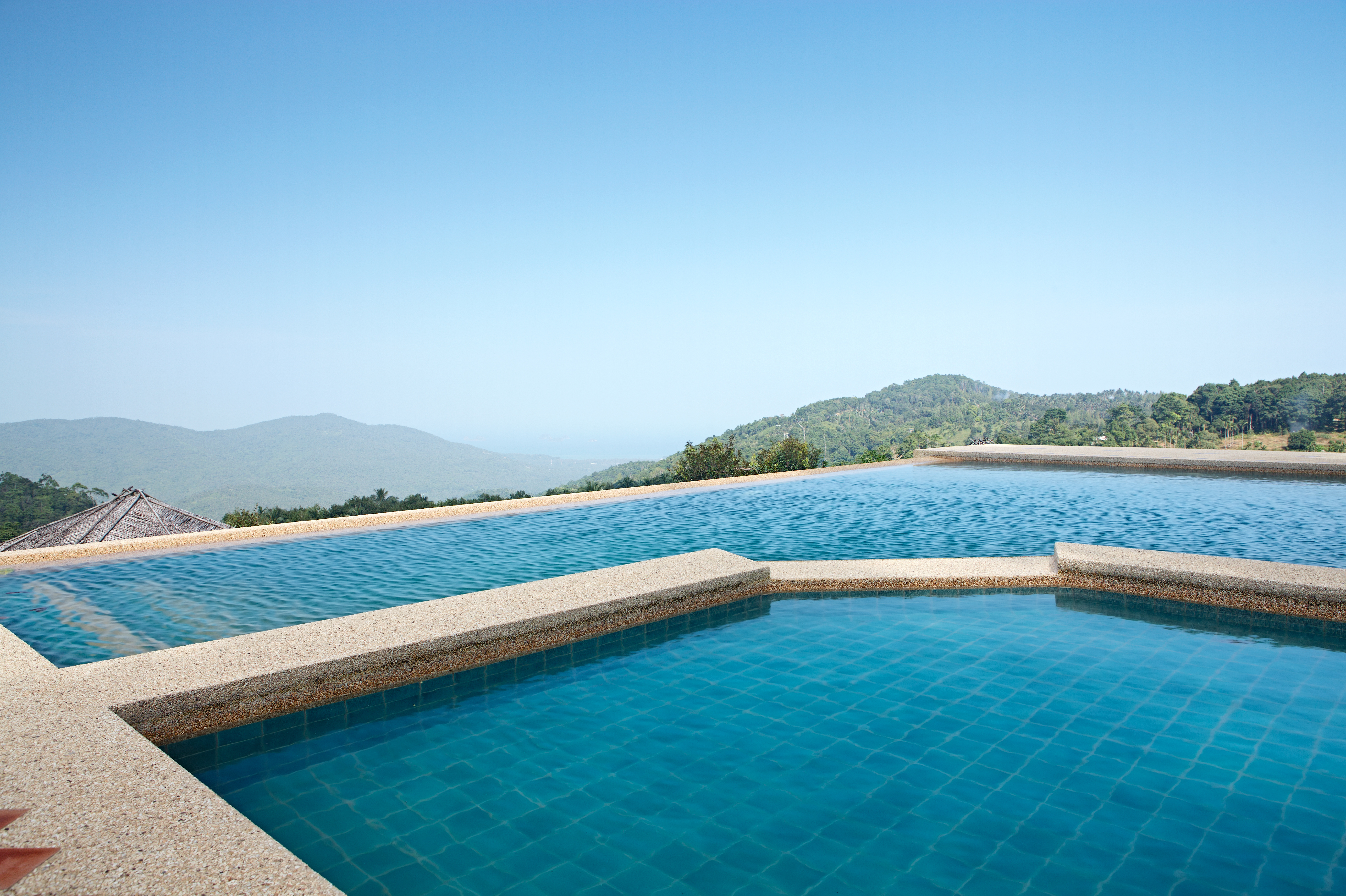
2. Mix the aggregates with the concrete
Choose the type of aggregate that we like the most and mix with the concrete strictly following the precise instructions of the manufacturers.
3. Apply a layer of epoxy adhesive
Add a layer of epoxy adhesive to the surface so that the concrete adheres properly and does not come off after completing the drying process. When the epoxy is neither too dry nor too wet, we will proceed to add the patch.
4. Place the patch on the washed concrete
Fill the cracks, holes or dents with the newly made mix. Tools such as a spatula can be very useful to ensure that all the space is perfectly filled with the concrete with aggregates. Next, level the surface.
5. Wait between 24 and 48 hours for the patch to dry
Respect, with patience, a prudent period of between 24 and 48 hours for the patch we have added to be completely dry.
6. Wash the surface
Clean the washed concrete pavement again so that the aggregates are exposed.
7. Protect the support with a sealer
We want the patch to last and you to enjoy your pavement for a long time. For this, it is very important to apply a sealant that protects the support and let it dry for about a week to achieve its maximum performance.
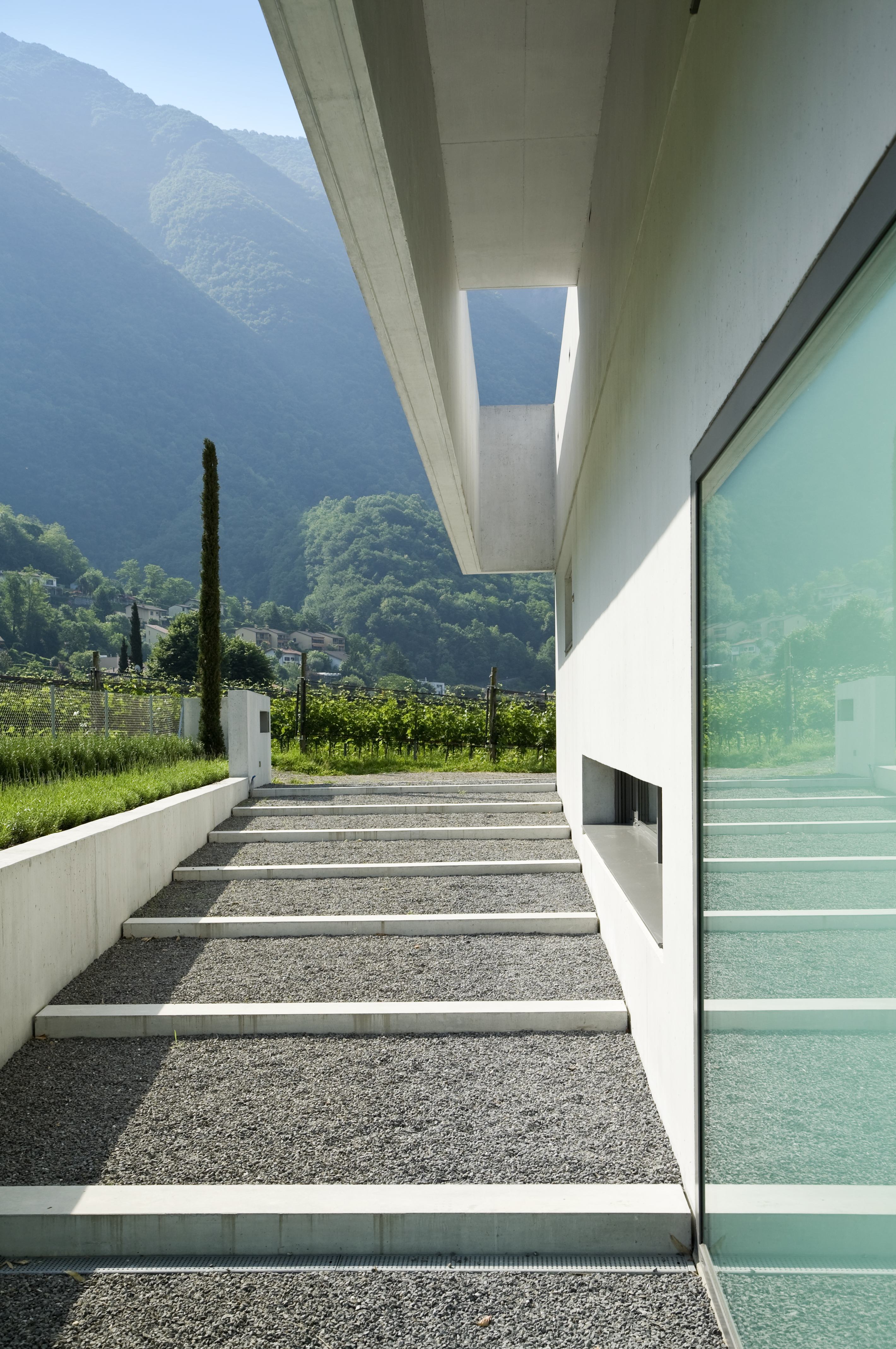
What is the price of deactivated concrete? Cost per square metre
There are several factors that determine the cost per square metre of exposed aggregate concrete. The type of stone and colour selected to mix with the concrete, the labour of the construction company, the geographical area where the work is located as well as the retarder that is going to be used to achieve the popular exposed aggregate concrete finish. Taking into account all these elements, it is a material with an excellent quality-price ratio, being much more affordable than other construction materials.
In general terms, although depending on where you look we can find very different costs taking into account the factors previously described, the price of deactivated concrete per square meter ranges between 20 and 60 euros.
Textures of deactivated concrete: infinite textures and colours
Deactivated concrete constitutes a continuous pavement with a rustic and earthy appearance of infinite textures due to its available aggregates: pebbles, marbles, gravels, etc. Regardless of the chosen aggregate, the result is always the same: a smooth, rough and non-slip pavement.
For greater customisation, cement can be combined with any aggregate, grain size and colour. To the consumer's taste. The catalogue is endless, being able to play with different geometric motifs and materials such as wood, stone or brick. Any shape and texture can be projected with the deactivated concrete, creating very different pavements from each other but all of them in perfect harmony and consonance with the environment that surrounds them.
Types of aggregates you can select
Some of the aggregates that you can mix with the concrete to achieve this decorative finish are:
- Crushed stone
- Pebbles
- Decomposed granite
- Salt rocks
- Limestone
- Quartzite or basalts
Colours for your deactivated concrete
The most common colours are undoubtedly white, grey, brown and black. However, thanks to the customisation that deactivated concrete allows, you can play with all kinds of shades and even combine different colours to create a much more special support. The help of an experienced professional will be decisive for you to give the pavement a unique and non-transferable finish for your outdoor space.
Deactivated concrete or imprinted concrete? Which one to choose?
These are two types of concrete that require a special decorative technique to achieve the final finish they boast. While deactivated concrete is characterised by leaving the aggregates visible after applying a deactivator, imprinted concrete stamps on the pavement moulds of different shapes that mimic the appearance of other materials such as stone, wood or brick.
In terms of resistance, both are more than sufficient, being very durable decorative pavements. Two very grateful materials in terms of maintenance and with very competitive and affordable prices per square meter. Which one to choose? The answer is simple. It depends on the finish you want to achieve, as they are nothing alike.
Subscribe to our newsletter
Receive in your email tips for the application and care of microcement, the latest trends and news from Topciment products.




